Understanding Treatment Options for Gingivitis and Periodontitis
Gum diseases, such as gingivitis and periodontitis, are prevalent oral health issues in the United States, affecting a substantial portion of the population. According to the Centers for Disease Control and Prevention (CDC), nearly half of American adults aged 30 and over show signs of periodontal disease. These conditions range from mild gum inflammation to severe cases that can lead to tooth loss. Recognizing the seriousness of these issues, it is crucial for individuals to understand the available treatment options to maintain optimal oral health. At Dentistry Toothtruth, we emphasize the importance of early detection and prevention in managing these common gum problems effectively.
1. Non-Surgical Treatments for Gingivitis
The early stage of gum disease, known as gingivitis, is often treatable with non-surgical approaches when detected promptly. The cornerstone of treating gingivitis is professional dental cleaning, which involves the removal of plaque and tartar from the teeth and beneath the gums. A routine dental cleaning helps eliminate bacteria-laden buildups that cause gum inflammation, allowing the gums to heal.
Besides professional cleanings, improved oral hygiene practices play a significant role in reversing gingivitis. Dentists often recommend brushing at least twice a day with fluoride toothpaste and using interdental cleaners or dental floss to remove food particles and plaque from between the teeth. Medicated mouth rinses may also be prescribed to reduce bacteria in the mouth and soothe gum tissue. With consistent treatment and excellent home care, gingivitis can typically be reversed without causing any lasting damage to the gums.
2. Scaling and Root Planing for Periodontitis
In cases where gum disease advances to periodontitis, more intensive treatment is necessary to prevent further damage to the supportive structures of teeth. Scaling and root planing is a deep-cleaning method used to treat periodontitis. During scaling, a dental professional removes plaque and tartar from above and below the gum line, cleaning deep into the periodontal pockets.
Root planing smoothens the root surfaces, making it harder for bacteria to attach. This procedure not only aids in reducing bacterial colonies but also promotes the reattachment of gum tissue to the teeth. Studies cited by professionals at Dentistry Toothtruth show that scaling and root planing can significantly reduce periodontal pocket depths and improve gum health over time.
3. Advanced Surgical Options
For severe periodontitis that does not respond adequately to scaling and root planing, surgical interventions may be deemed necessary. One common surgical treatment is flap surgery, which involves lifting back the gums to remove tartar deposits in deep pockets. This procedure allows for thorough cleaning and repositioning of the gum tissue to fit snugly around the teeth, minimizing spaces where bacteria can thrive.
Another surgical option includes bone and tissue grafts, aimed at regenerating lost structures due to gum disease. Bone grafts help rebuild bone lost to periodontitis, while soft tissue grafts cover exposed roots and reinforce thin gums. Utilizing these advanced techniques, periodontal specialists strive to restore the function and appearance of a healthy oral cavity.
4. Antibiotic Therapy as a Supportive Treatment
In conjunction with cleaning and surgical procedures, antibiotic therapy can serve as an adjunct treatment to control bacterial infections in the mouth. Systemic antibiotics may be prescribed to combat severe infection, although topical antibiotics directly applied to the gums are also an effective option. These medications aid in reducing bacterial counts and inflammation, enhancing the effectiveness of mechanical treatments.
Specific antibiotic options, such as antimicrobial mouth rinses or antibiotic gels, are tailored to target the particular strains of bacteria causing periodontal disease. According to research featured on Dentistry Toothtruth, combining mechanical cleaning with antibiotics increases the success rate of treatment, particularly in aggressive cases of periodontitis.
Conclusion: Taking Action Against Gum Disease
Gum disease can have a profound impact on oral and overall health, making it imperative for individuals to seek appropriate treatment options. From non-surgical techniques like professional cleanings to advanced procedures such as surgery and antibiotic therapy, there are multiple avenues to combat gingivitis and periodontitis effectively.
The key to successful treatment lies in early detection and consistent dental care. By maintaining regular dental check-ups and adhering to recommended oral hygiene practices, individuals can mitigate the impact of gum diseases. For expert advice and comprehensive care, reach out to Dentistry Toothtruth, where a commitment to dental health is our priority.

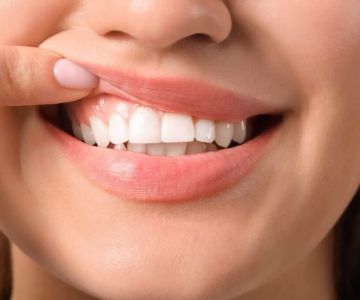
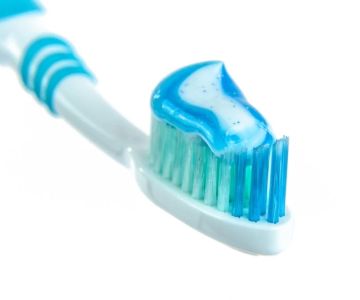
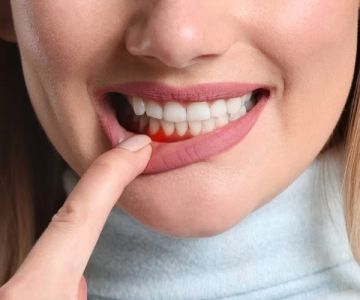
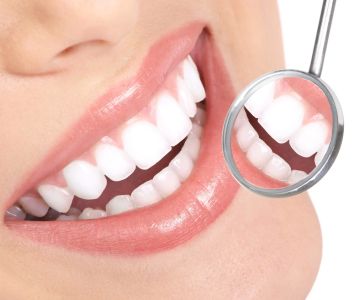

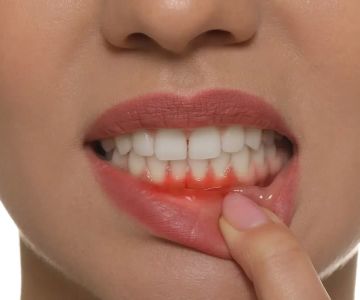
 Valleywise Community Health Center - Mesa3.0 (252 review)
Valleywise Community Health Center - Mesa3.0 (252 review) All Smile Dental Center3.0 (31 review)
All Smile Dental Center3.0 (31 review)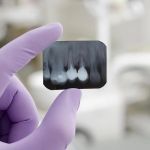 Vaksman Dental Group4.0 (309 review)
Vaksman Dental Group4.0 (309 review) Advanced Dental Implant Center "Comfort Dental"4.0 (201 review)
Advanced Dental Implant Center "Comfort Dental"4.0 (201 review) Oasis Dentistry4.0 (78 review)
Oasis Dentistry4.0 (78 review) Steven J. Moravec, DDS, MS4.0 (189 review)
Steven J. Moravec, DDS, MS4.0 (189 review) The Importance of Oral Health Education During Pregnancy for a Healthy Pregnancy
The Importance of Oral Health Education During Pregnancy for a Healthy Pregnancy Best Tips for Brushing Your Teeth Properly for Healthy Gums: Essential Techniques for Oral Health
Best Tips for Brushing Your Teeth Properly for Healthy Gums: Essential Techniques for Oral Health Why Skipping Dental Checkups Can Lead to Bigger Oral Health Problems
Why Skipping Dental Checkups Can Lead to Bigger Oral Health Problems Advantages of Porcelain Dental Restorations
Advantages of Porcelain Dental Restorations How Can Diabetes Cause Tooth and Gum Problems? Preventing and Managing Oral Health Issues
How Can Diabetes Cause Tooth and Gum Problems? Preventing and Managing Oral Health Issues Healthy Habits for Promoting Good Oral Health and Hygiene: Tips for a Healthy Smile
Healthy Habits for Promoting Good Oral Health and Hygiene: Tips for a Healthy Smile